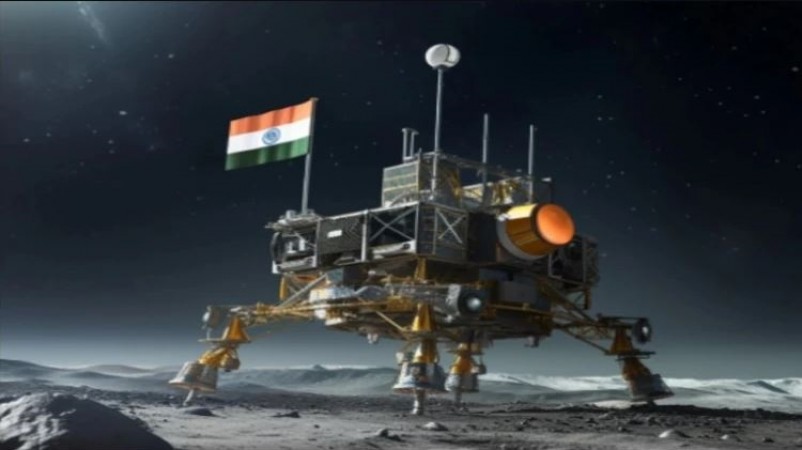
NEW DELHI: As the upcoming phase of the Chandrayaan-3 lunar mission approaches, which involves the awakening of the Pragyan Rover and Vikram Lander, G Madhavan Nair, the former ISRO Chairman, has voiced a genuine apprehension that can be likened to thawing something from a deep freeze.
Nair articulated, "Vikram Lander and Pragyan Rover have remained in a deep slumber for nearly a fortnight. It's akin to retrieving an item from the freezer and then attempting to put it to use. The temperatures would have plummeted well below -150 degrees Celsius. The survivability of the batteries, electronics, and mechanisms under such frigid conditions is indeed a cause for concern."
Nevertheless, he did emphasize a glimmer of optimism, stating, "Certainly, extensive ground tests have been conducted to verify their functionality even after exposure to such harsh conditions. Nevertheless, we must remain cautiously optimistic. Solar radiation will gradually warm up the instruments and recharge the batteries. If these conditions are met successfully, there's a reasonably good chance the system will become operational once more."
"Once operational," he continued, "there's a distinct possibility that we can maneuver for additional distances over the next 14 days and amass more data from the moon's surface in the vicinity of the lunar south pole."
In this second phase, the lander and rover modules of Chandrayaan-3, known as Vikram and Pragyan, will rouse from their 14-day lunar slumber to bask in the rays of the sun.
Speaking about this process, Union Minister Jitendra Singh remarked that every possible effort was being made to rouse Vikram and Pragyan from their slumber. He quipped, "While we sleep on Earth tonight, Vikram and Pragyan may well awaken on the Moon."
India made history when its Vikram lander successfully made a gentle touchdown near the lunar south pole on August 23, thereby accomplishing one of Chandrayaan-3's primary objectives.
Singh also disclosed that Vikram and Pragyan conducted experiments on the lunar surface following their landing on August 23 and were subsequently put into hibernation on September 4, with fully charged batteries and solar panels strategically positioned to capture the sun's rays following sunrise near the Moon's south pole.
"Our communication circuit with the lander and rover must be reactivated, and it's referred to as the wake-up circuit. It will activate when the temperature on the Moon rises above minus 10 degrees. Currently, Team ISRO and all those associated with the mission are eagerly awaiting the moon's temperature to rise," he stated.
"As soon as the temperature surpasses minus 10 degrees, a wake-up signal will be sent, and Vikram and Pragyan will stir from their slumber," Singh concluded.
Samudrayaan Mission: India's Ambitious Quest for Clean Energy Through Deep-Sea Mining
India's Ambitious Deep Ocean Mission: Project Samudrayaan